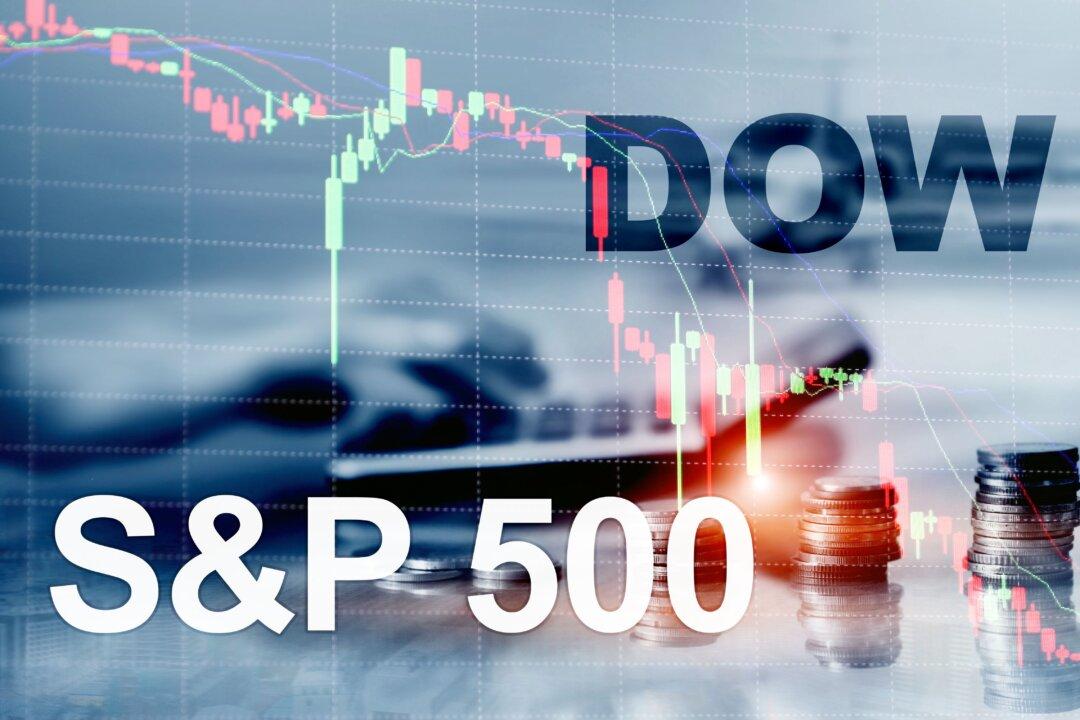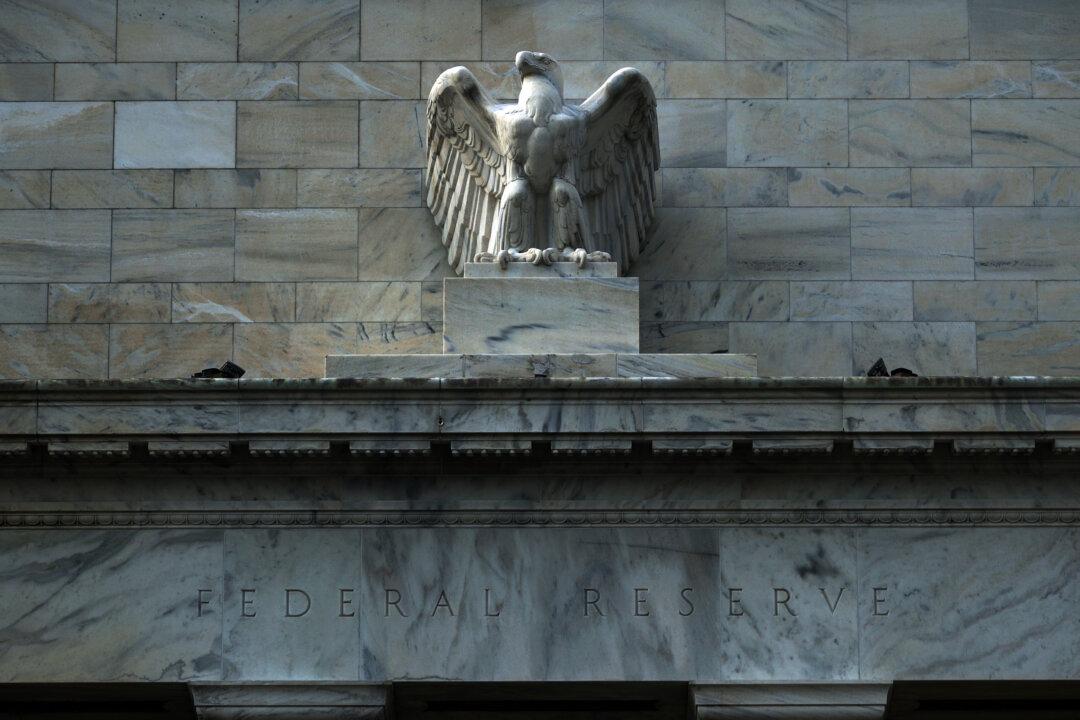Commentary
The S&P 500 Index has risen to a new high, and close to its record level. Complacency seems to be taking hold of market participants because the latest leg up has been driven entirely by multiple expansion. According to Bloomberg, the price-to-earnings ratio of the S&P 500 has erupted back to 19.2 times, almost a 10 percent increase in valuation with no discernible improvement in earnings or margins. The latest round of revisions shows consensus estimating a -0.28 percent growth in earnings for this year. Consumer confidence is back at 2022 lows, and the economic surprise index is also weakening. What are investors betting on? Good old quantitative easing to return.





